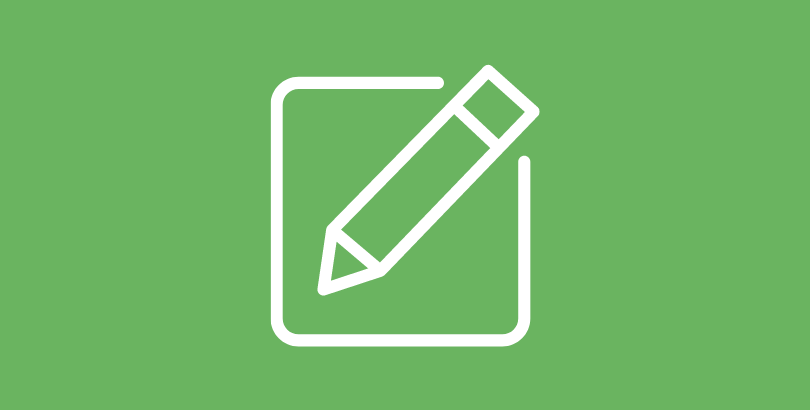How?
Instruction should be in the target language using lessons that have functional goals and objectives.
- During these task-based lessons, when there is a need to address a gap in knowledge in order for communication to occur, learners should explicitly explore grammatical forms guided by their teacher.
- By searching for the correct form in an effort to speak, listen, read, or write effectively, a learner has a spontaneous need for a grammatical structure and is highly motivated to use the grammar in context immediately.
This exploration, discovery, and use of grammatical concepts leads to greater understanding of the function of language and therefore leads to increased communication.
Find Out More:
Adair-Hauck, B. (1993). A descriptive analysis of a whole language/guided participatory versus explicit teaching strategies in foreign language instruction. Unpublished doctoral dissertation. University of Pittsburgh, PA.
Adair-Hauck, B., & Donato, R. (2002). The PACE model: A story-based approach to meaning and form for standards-based language learning. The French Review. 76, 265-296.
Davin, K., & Donato, R. (2013) Student collaboration and teacher‐directed classroom dynamic assessment: A complementary pairing. Foreign Language Annals, 46(1), 5-22.
Ellis, R. (2002). The place of grammar instruction in the second/foreign language curriculum. New perspectives on grammar teaching in second language classrooms, 17-34.
Glisan, E. (2015). Core Practices Webinars. Alexandria, VA: ACTFL. Access the course here.
Krashen, S. (1981). Second language acquisition and second language learning. Oxford, UK: Oxford University Press.
Leow, R. P. (2009). Input enhancement and L2 grammatical development: What the research reveals. Conceptions of L2 grammar: Theoretical approaches and their application in the L2 classroom, 16-34.
Paradis, M. (2009) Declarative and procedural determinants of second languages. Amsterdam: John Benjamins Publishing Co.
VanPatten, B. (1996). Input processing and grammar instruction in second language acquisition. Greenwood Publishing Group.
VanPatten, B., & Cadierno, T. (1993). Input processing and second language acquisition: A role for instruction. The Modern Language Journal, 77(1), 45-57.









